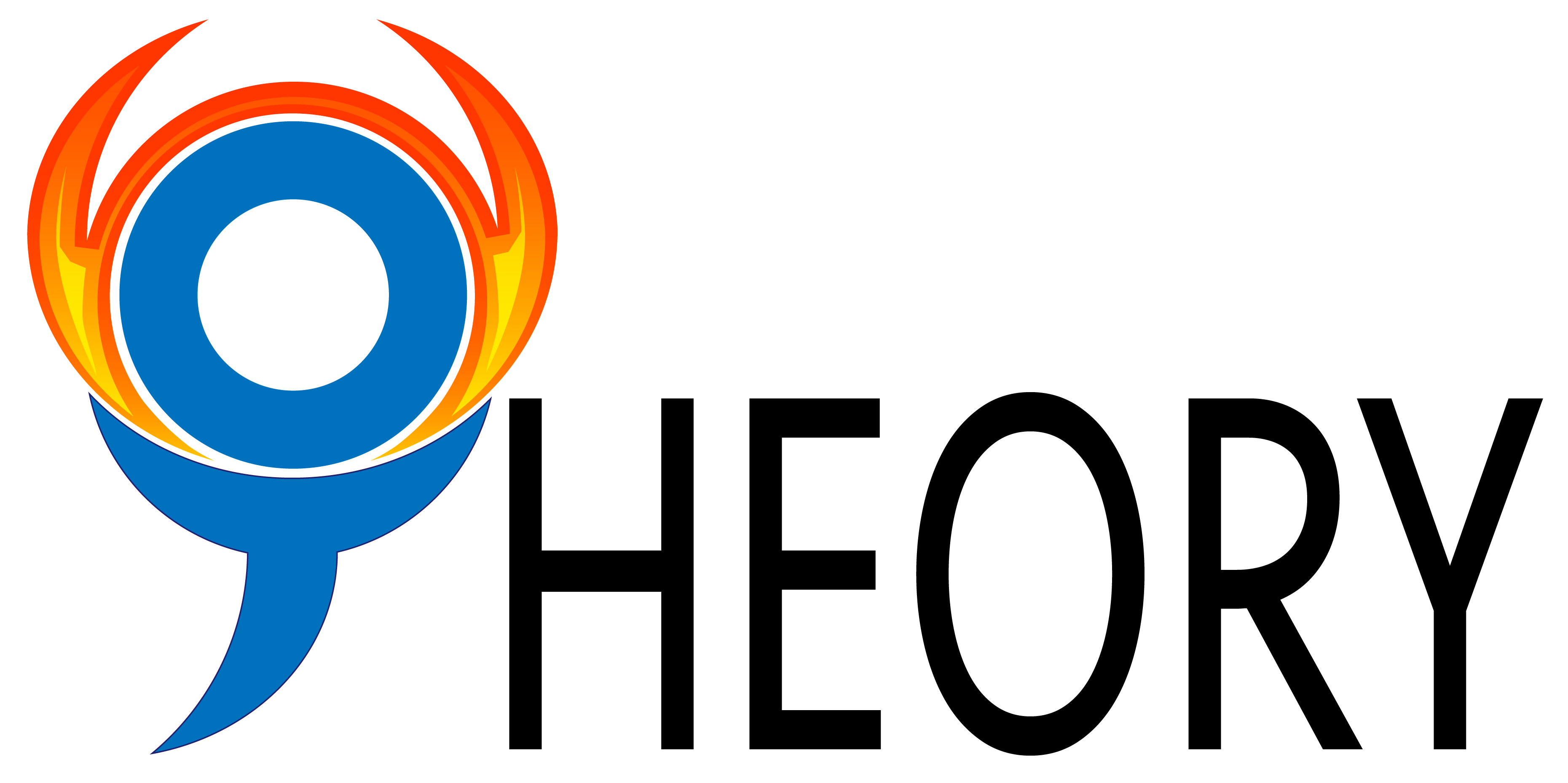Theories, models, and frameworks provide the foundation for occupational therapy education, research, and clinical practice. While most have a systems approach focus, other factors, such as societal influences and structural inequities, also contribute to health. Using a cross-sectional design, this study identified the gaps in occupational therapy models of practice and presents a novel approach, the PAIRE (Recognize Privilege, Acknowledge Injustice, and Reframe Perspective to Reach Equity) Model. PAIRE is focused on achieving occupational equity through the reciprocal and intersectional impact of the provider/team, the person/people seeking occupational therapy, and the occupation-in-context, with continuous influences of access, context, and justice. We describe the components of PAIRE and illustrate its functionality in education, research, and clinical practice contexts as well as case examples.
Summarized by
- - Catherine Hoyt
Type
- Model (conceptual)
Population
- Child
- Adolescent
- Adult
- Elderly
Disability
- All
Domain of occupation
- All
Application Note
We are using this model in research related to implementation of evidence based interventions with communities that have been historically and presently excluded.
Key Reference
Hoyt, C.R., Clifton, M., Smith, C.R,, Woods, L. & Taff, S.D. Transforming Occupational Therapy for the 21st Century PAIRE: Recognize Privilege, Acknowledge Injustice, and Reframe Perspective to Reach Equity. Occup Ther Health Care. 2023 Oct 14:1-24. doi: 10.1080/07380577.2023.2265479. Epub ahead of print. PMID: 37837307.
Year Published
- 2023
Primary Developer
- Catherine Hoyt
Primary Developer Email
- hoytcr@wustl.edu
